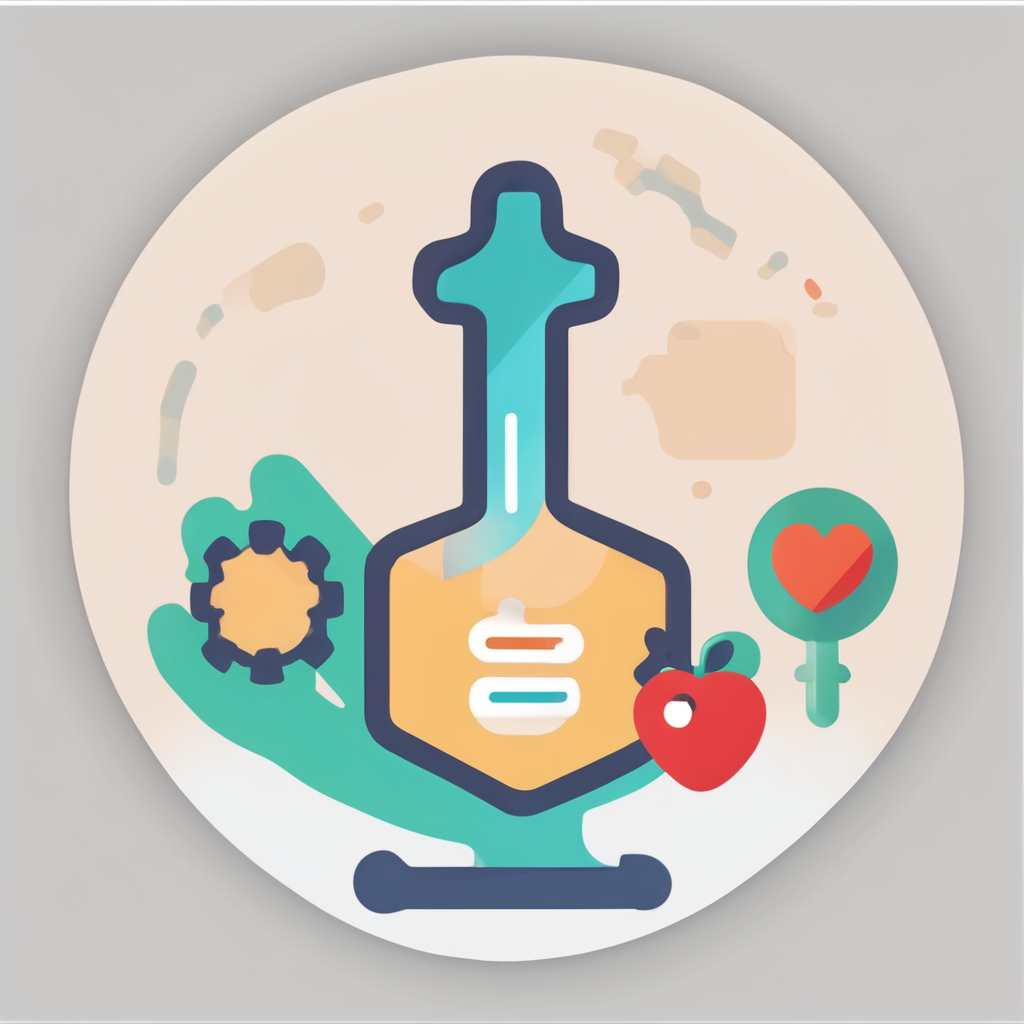Overview of Digital Health Innovation in the UK
Short insights into transformative healthcare technology
Digital health innovation UK refers to the development and integration of new technologies aimed at improving patient care and healthcare delivery efficiency. In the UK, this innovation has gained unprecedented momentum, accelerating the push toward digitisation within the NHS technology adoption frameworks.
Also read : How Can UK Residents Improve Their Long-term Health Through Lifestyle Changes?
The NHS plays a pivotal role in fostering this digital transformation by setting strategic priorities and investing in advanced tools such as telemedicine, electronic health records, and AI diagnostics. These efforts are critical to modernising healthcare services and making care more accessible and personalised.
Since the COVID-19 pandemic, the UK has experienced rapid advancements in digital health innovation. The crisis acted as a catalyst, revealing the urgency for digital solutions that support remote consultations and real-time health monitoring. This shift not only helped maintain healthcare continuity but also laid a foundation for ongoing technology-driven improvements.
In the same genre : What are the UK’s plans for reducing healthcare-associated infections?
Embracing digital health innovation UK ultimately means empowering clinicians with better data and enabling patients to engage more actively in their care, reflecting a significant evolution in how healthcare is delivered across the NHS.
Key Digital Health Technologies Transforming UK Patient Care
Advancing healthcare accessibility and accuracy
The telemedicine UK landscape has rapidly evolved, enabling patients to consult clinicians remotely through video calls, phone, and digital apps. This shift has increased care accessibility, especially in rural or underserved areas. Digital platforms provide convenient, timely consultations while easing pressure on NHS facilities.
Electronic health records (EHR) play a pivotal role in streamlining patient data management. These systems ensure that all healthcare providers have instant, secure access to accurate patient histories, test results, and treatment plans. The integration of EHR into both NHS and private practices has minimized errors, improved coordination, and sped up decision-making.
AI diagnostics UK is another transformative technology improving care quality. AI-powered diagnostic tools analyze medical images or patient data to detect conditions such as cancer or eye diseases with remarkable accuracy. These tools assist clinicians by providing faster, more reliable assessments, enhancing early diagnosis and treatment outcomes.
Together, these digital health tools form a cohesive ecosystem empowering clinicians and patients. The NHS actively adopts these technologies, with examples showing shorter waiting times and improved patient satisfaction, signaling a promising future for healthcare delivery in the UK.
Practical Impact on Patient Outcomes
Exploring tangible benefits in UK healthcare
The digital health benefits UK brings manifest clearly in improved patient outcomes. One critical area is enhanced accessibility. Telehealth solutions allow patients, especially in rural regions, to access specialists without lengthy travel, effectively bridging healthcare gaps. Studies show that this increase in accessibility reduces delays in treatment and improves prognosis.
Efficiency gains are another cornerstone. Digital tools streamline appointment scheduling, reduce paperwork, and enable quicker data sharing among healthcare professionals. This enhanced efficiency directly translates to more timely interventions and better resource use, key factors in achieving positive patient results.
For chronic conditions, patient monitoring technologies have been transformative. Wearables and remote monitoring devices continuously track vital signs and symptoms, enabling early detection of complications. This proactive approach helps in personalizing care and avoiding hospital admissions, promoting better disease management.
Patient satisfaction also reflects these advances. Users frequently cite convenience and a sense of empowerment when managing their health digitally. Real-world examples demonstrate how patients living with diabetes or heart conditions report feeling more supported, which corresponds with better adherence to medical advice.
The UK healthcare improvements driven by digital innovation underline a shift towards a more patient-centered system, where technology directly supports healthier lives.
NHS Digital Initiatives and Policy Framework
NHS digital initiatives are central to transforming healthcare delivery across the UK. The NHS App represents a flagship digital programme, enabling users to book appointments, order repeat prescriptions, and access their medical records conveniently. Another critical innovation is the implementation of electronic prescriptions, which streamlines medicine dispensing and reduces errors.
The UK government supports these initiatives through substantial funding and strategic health policy frameworks. This includes clear regulatory frameworks that encourage the safe adoption of emerging technologies while maintaining patient privacy and data security. Such policies create a stable environment for innovation adoption within the NHS.
Collaboration plays a pivotal role. NHS partnerships with technology firms and academic institutions accelerate development and integration of new tools. These alliances foster research and practical application, enhancing patient care through advanced diagnostics, AI-driven decision support, and telehealth services. For example, technology partnerships enable pilot projects that test novel approaches before wider roll-out, ensuring effectiveness in diverse healthcare settings.
Together, these elements form a coordinated policy framework facilitating the NHS’s ongoing digital transformation, supporting innovation adoption NHS-wide for improved service delivery and patient outcomes.
Benefits and Challenges of Digital Health Innovation
Digital health innovation in the UK brings significant benefits to patients. It offers improved accessibility by enabling remote consultations, which means healthcare services can reach people in rural areas or those with mobility issues. Convenience is another major advantage; patients can manage appointments, prescriptions, and health records digitally, saving time and reducing stress. Personalised care also improves as digital tools collect and analyse patient data, allowing tailored treatment plans and proactive health management.
However, despite these promising digital health benefits UK patients enjoy, there are challenges healthcare providers must address. One key issue is digital exclusion, where some groups lack access to technology or the skills to use it, creating inequalities. Data privacy concerns are paramount; patients worry about how their sensitive health information is stored and shared. Integration hurdles also persist—new digital systems need to work seamlessly with existing healthcare infrastructure, which can be complex and costly.
Experts suggest that overcoming these issues requires focused efforts on inclusive design, robust cybersecurity measures, and better interoperability standards. By addressing patient concerns and healthcare challenges UK faces today, digital health innovation will continue evolving and delivering on its promise to transform care.
Key Features of Robot Hoovers
When considering a robot hoover, understanding its key features is crucial. Most devices come equipped with smart sensors that help them navigate around furniture and obstacles efficiently. These sensors play a vital role in preventing collisions and falls, ensuring smooth cleaning sessions.
Many robot hoovers also include mapping technology, allowing them to create a digital floor plan of your home. This not only improves cleaning efficiency but also gives users control over which rooms or sections are cleaned, a feature commonly called “zoning.” With this, you can schedule cleaning in specific areas, making the process flexible and tailored.
Battery life is another essential feature. Depending on your home size, choosing a model with a longer-lasting battery means fewer interruptions. Models often return to their charging dock automatically when the battery runs low and resume cleaning once recharged.
Additional features like app control give you the convenience to start, stop, or schedule cleaning remotely. Some robot hoovers can even be voice-activated via smart home devices. These capabilities collectively enhance user experience, making robot hoovers a practical solution for modern living.


